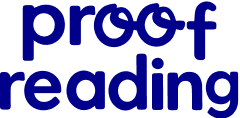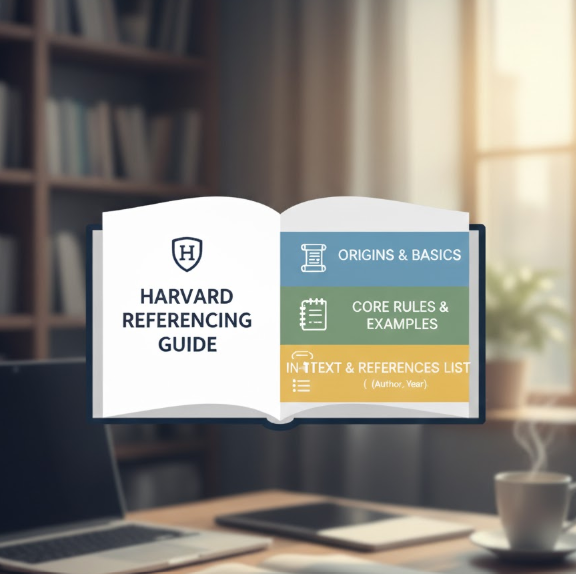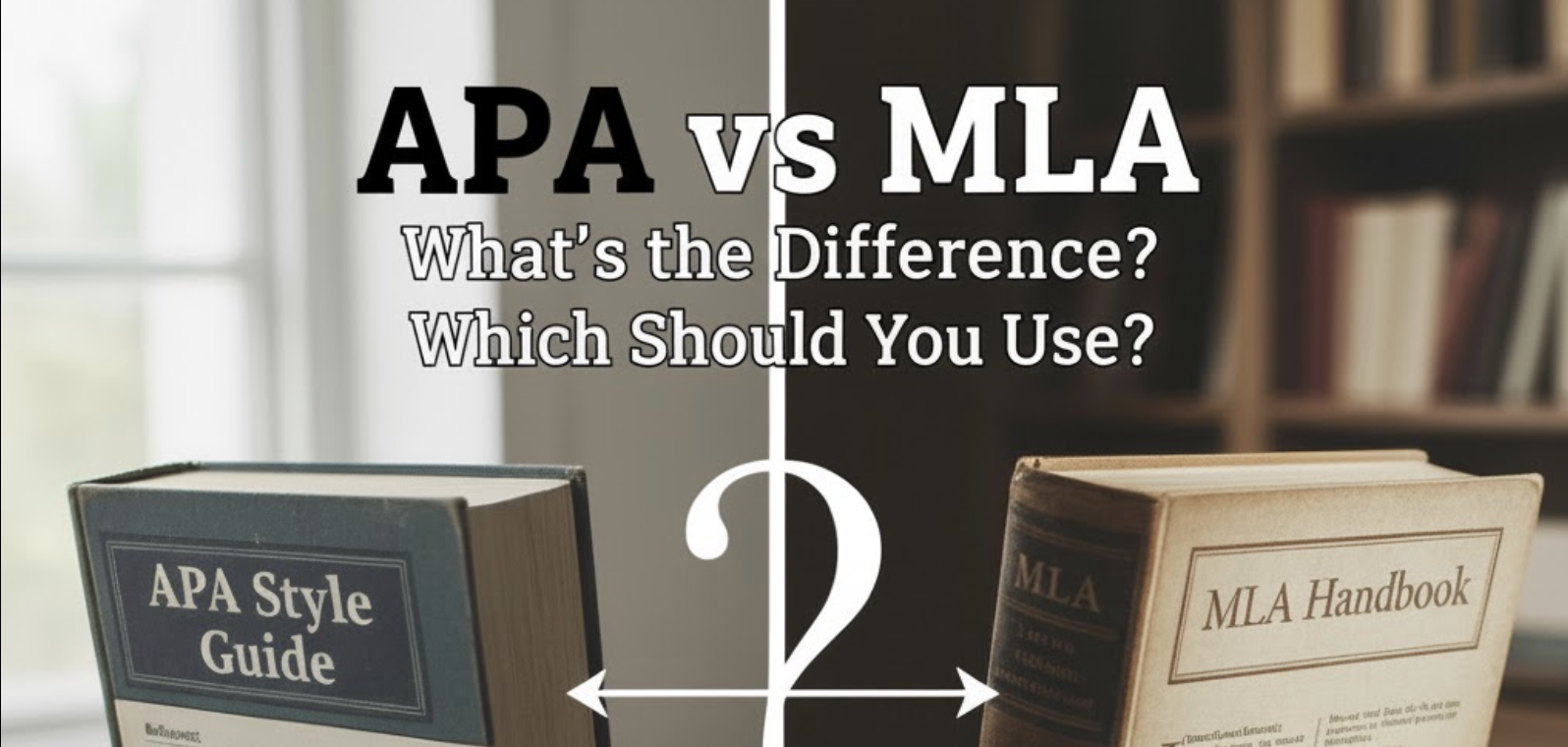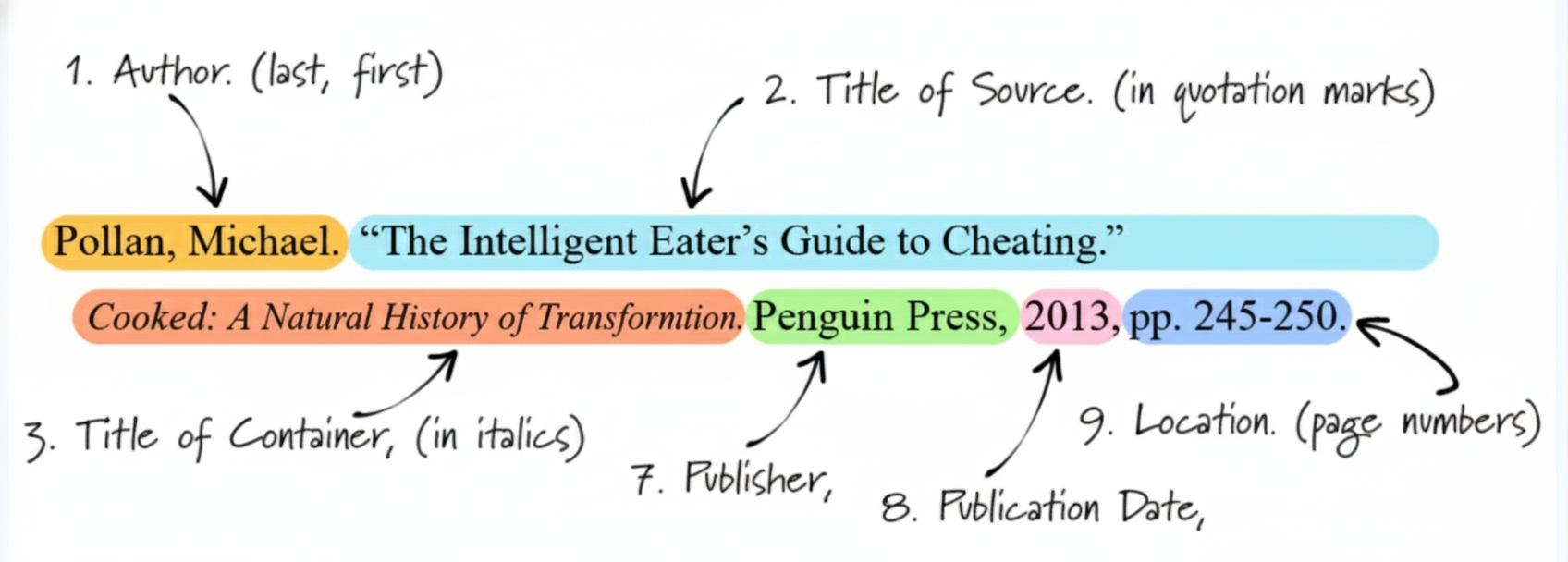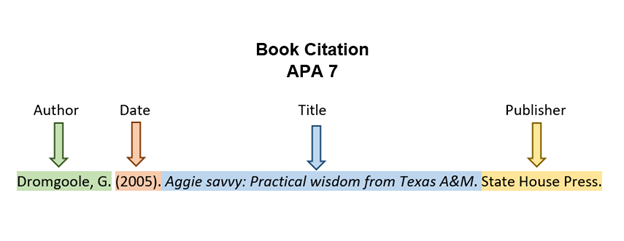
APA Citation Guide: How to Cite Sources the Easy Way
APA Citation Guide: How to Cite Sources the Easy Way
A concise, student-friendly walkthrough of APA rules, common mistakes, and quick reference tables — based on APA 7th edition.
What is APA style — in plain terms?
APA (American Psychological Association) style is the standard format for writing and citing sources in the social and behavioural sciences. The current official rules are in the Publication Manual of the American Psychological Association (7th edition) and on the APA Style website, which provide formatting guidance for papers, in-text citations, and reference entries.
Quick APA formatting basics
- Font: readable font (e.g., 12-pt Times New Roman, Calibri, or similar).
- Spacing: double-spaced throughout (text, headings, references).
- Margins: 1 inch on all sides.
- Page header: student papers generally have a page number in the header; professional papers may include a running head. Check your instructor’s preference.
For authoritative formatting examples and templates, see the APA Style website and Purdue OWL's APA guide.
In-text citations — the essentials
APA uses an author–date citation system in the text. The basic formats are:
- Parenthetical:
(Smith, 2020) - Narrative:
Smith (2020) argued that… - When quoting, add page/paragraph:
(Smith, 2020, p. 23)
Keep in mind: include only the author(s) and year (and page for direct quotes).
Reference list basics
The reference list (titled “References”) appears on a new page and includes full bibliographic entries for every work cited in-text. Entries are alphabetized by author surname and use a hanging indent. Each reference must include the core elements: author, date, title, and source.
Common reference formats (quick table)
| Source Type | Format (APA 7) | Example |
|---|---|---|
| Book | Author, A. A. (Year). Title of book. Publisher. |
Brown, L. (2019). Research methods. Example Press. |
| Journal Article (with DOI) | Author, A. A., & Author, B. B. (Year). Article title. Journal Title, volume(issue), pages. https://doi.org/xxxxx |
Lee, J., & Kim, S. (2021). Memory and learning. Cognitive Science, 45(2), 120–136. https://doi.org/10.1234/abcd.2021.001 |
| Webpage | Author, A. A. (Year, Month Day). Title of page. Website name. URL |
Green, T. (2020, Oct 5). Study habits for success. Study Hub. https://studyhub.example.org |
For detailed examples (audiovisual, social media, datasets), consult the APA Style website.
DOIs and URLs — the modern rules
Present DOIs as full URLs using the https://doi.org/ prefix (e.g., https://doi.org/10.1037/xyz0000123). Include a URL for online sources when a DOI is not available. APA encourages using live links where possible.
Common mistakes and how to avoid them
- Mixing citation styles: don’t mix MLA/Chicago elements into APA references.
- Missing year: always include the year in in-text citations (use “n.d.” if no date).
- Improper DOI format: use the
https://doi.org/format, not “doi:” or raw numbers. - Forgetting hanging indents: reference list entries must have hanging indents to improve readability.
- Incorrect author order or punctuation: double-check author names, commas, and ampersands (& for multiple authors in references).
Helpful tools and cheatsheets
Use citation tools to speed formatting — but always verify the output against official guidance:
- APA Style (official)
- Purdue OWL: APA 7
- Zotero (reference manager)
- Citation Machine / EasyBib
Final checklist before you submit
- Do all in-text citations match entries in the References list?
- Are DOIs formatted as links (
https://doi.org/...) where present? - Is the reference list alphabetized and double-spaced with hanging indents?
- Did you follow your instructor’s preferences (title page or running head)?
Want a downloadable cheat sheet or a Word/Google Docs template based on this guide? You can create one from this article.
